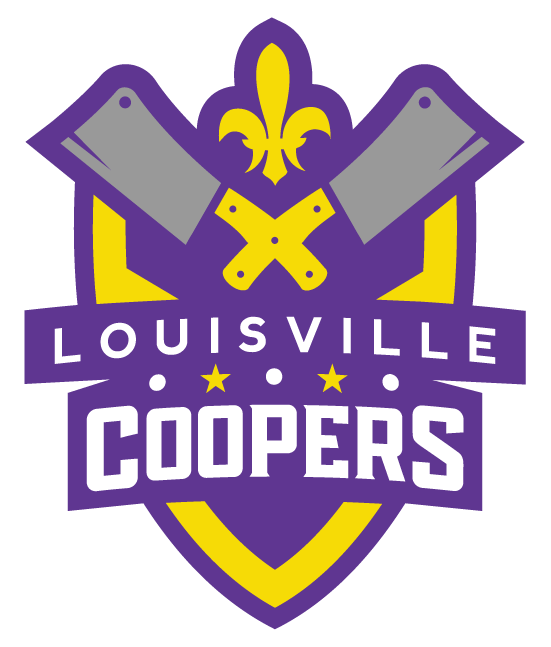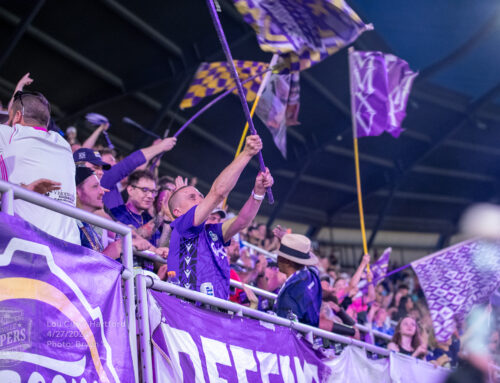I was listening to John Hackworth’s coach’s show on my way to work this morning and noted that he took some issue with the way fans characterized his team’s lineups or formations. To paraphrase, he said his teams really play in a 4-3-3, not a 4-5-1 or some other formation with two number six defensive midfielders.
For starters, using numerical names for formations is really just a starting point. It’s not particularly often that teams remain in one formation or another during a game. Instead, it’s a way to kind of visualize what a given player’s role is on the field in attack and defense. For example, in your classic 4-4-2, you’ve got two centerbacks, two fullbacks that generally don’t get too high up the field unless they can make an overlapping run up the wing, a double-pivot central midfield where one or the other will play high or sit deep depending on the situation, two wing-type attackers, an two center forwards that occupy channels in the defense.
That kind of formation is designed to limit wide attacking opportunities for the opponent, slow down the midfield, and hit on the counter. There are tons of variations on that theme, of course.
Louisville City traditionally played a 4-2-3-1 under James O’Connor for the first couple of seasons, again with two centerbacks, two fullbacks that had a bit more license to join the attack, a double pivot defensive midfield, three attacking midfielders, one of which was often a Number 10 playmaker that sat behind the lone striker and tried to get service to him and the other two wide attackers.
O’Connor switched to a 3-4-3 midseason last year, moving Oscar and Kyle higher up the field and playing Sean Totsch as a third centerback. Paolo and Speedy were tasked with winning possession and shuttling the ball out to the wingbacks, who then tried to get service to one of the three attackers at either post or the penalty spot.
Once JOC left, the Triumvirate elected to return to the 4-2-3-1 with Speedy and Paolo in the middle with Ilija as an attacking playmaker. The fullbacks still play much higher up the field than this lineup suggests, and Ownby and Davis are often on a line with Lancaster, while Ilija either joins them or plays between the opposing midfield and defensive lines.
John Hackworth has refined it a bit, though. Instead of making the central midfield a double pivot, he’s elected to play Paolo as a true number six, occupying the space between the centerbacks. In the last two matches, Niall McCabe has been employed in more of a box-to-box utility role, adding into the attack in possession but also dropping back to help out Paolo in midfield on defense. Ilija stays much higher and has fewer defensive responsibilities in this setup, and either handles quick passing plays to combine with Cam, Cuatro, or Ownby, or can play as a second striker also.
I can see why you might call this a 4-3-3, but you almost never see McCabe or Ilic play as deep as Paolo in this setup. Also, Cam leads the line and Ownby and Cuatro often hang back a bit deeper in transition, making wide runs up the wings to get the ball into the middle on a cross unless Oscar or Kyle are already doing that. That’s why I see it as more of a 4-1-4-1.
At the end of the day, this is all semantics. Soccer is a game of movement and ideas. No one stays in the same place all game, ever. The numbers we attach to formations is just a starting point to give us an idea of what everyone’s supposed to be doing. The reason behind some of these tweaks, specifically breaking up the double-pivot, is to limit exposure on counter-attacks and keep the opposition’s lines pinned back so their only real option is to try and beat City with pace over the top. That’s a tall task at Slugger Field, usually, because it’s so short. In any event, this looks like a team comfortable with its responsibilities and champing at the bit for the next opponent. The only numbers that really matter are the ones in the goals for and against column now, and lately those have slanted in Morados’s favor pretty heavily. Let’s keep it up.
LINKS!
- Justin Sayers’s take on Morados’ first round victory at the Courier-Journal
- A look at everything else that happened in the opening round of the USL Cup Playoffs
- If you’ve got time, here’s a good snapshot of the current state of lower division soccer in the US from people who know what they’re talking about.

















